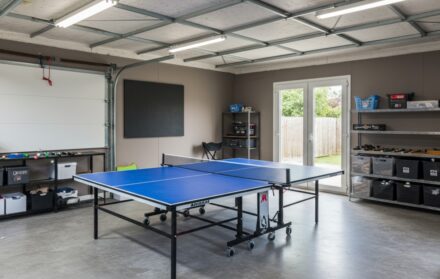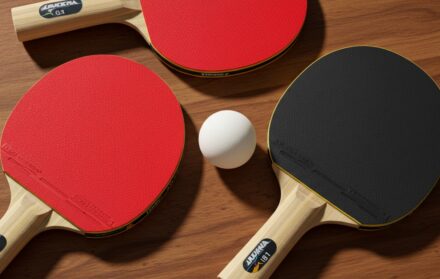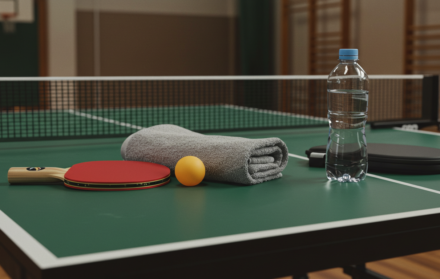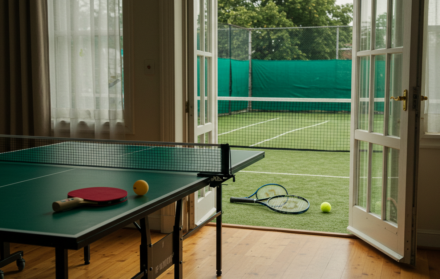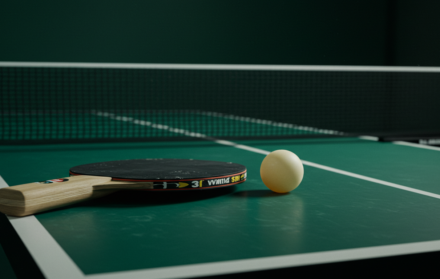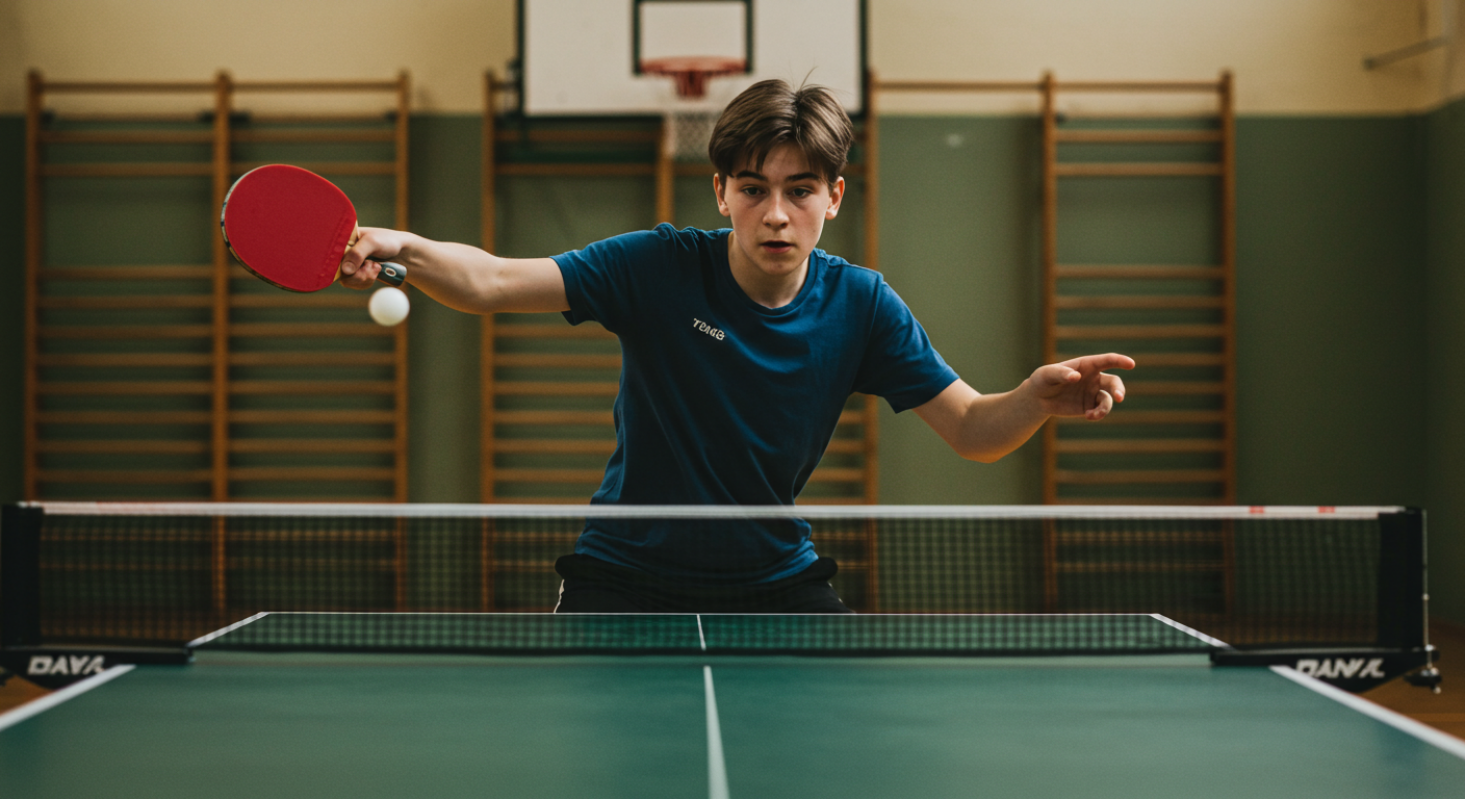
What are the basic skills needed for table tennis?
Table tennis is one of the fastest and most strategic sports in the world. But to play it well, you need more than just quick reactions. You need a blend of technique, physical control, and mental sharpness.
In this guide, we will explore the essential skills needed for table tennis. These are the core abilities that every beginner must develop, and that competitive players continuously refine.
Why Skill Development Matters
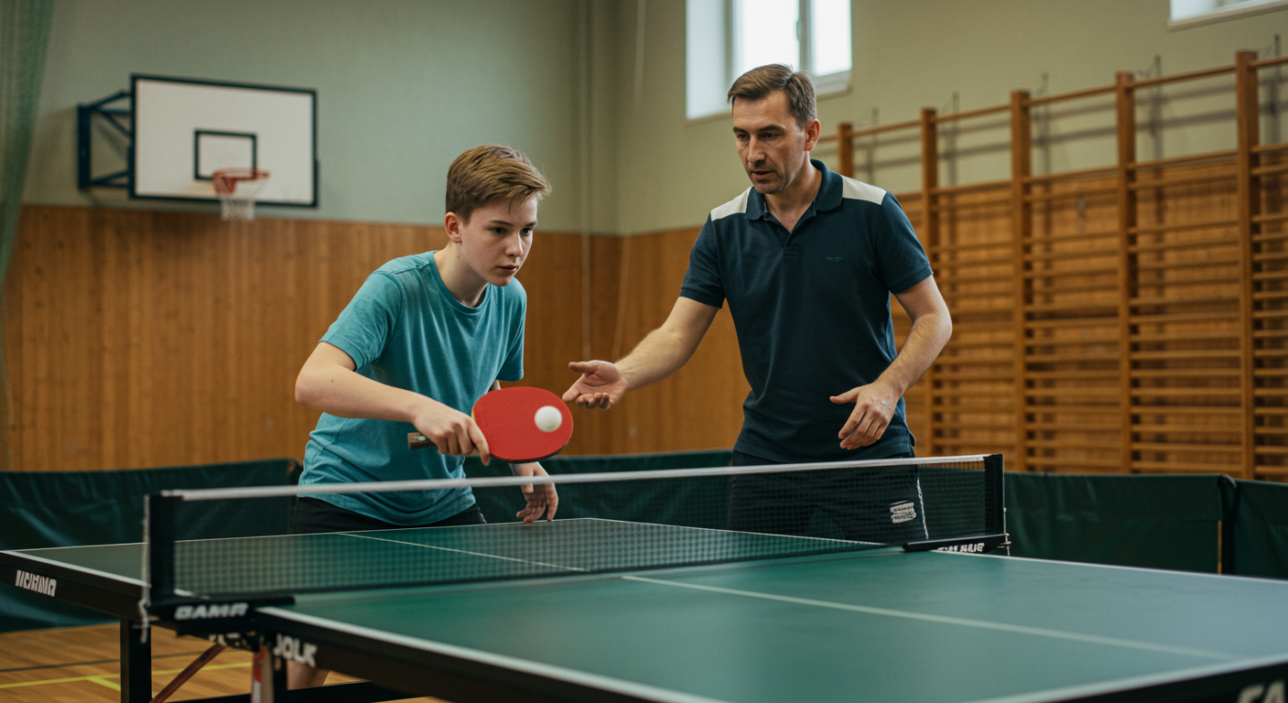
Many people think table tennis is just about hitting the ball over the net. In reality, the sport demands precise timing, positioning, and understanding of spin. Players must move with speed, think clearly under pressure, and strike the ball with consistency.
Without basic skills, rallies end quickly and frustration builds. With them, players learn to enjoy longer, more exciting matches and grow their potential in the sport.
Technical Skills Needed for Table Tennis
These are the mechanics of play. Technical skills control how you hit the ball, place it, and handle different types of shots.
Forehand and Backhand Strokes
The forehand drive is the foundation of most attacking play. It is a forward swing using the front side of your dominant hand. The backhand drive, performed on the opposite side of the body, is just as important for returning fast shots and staying balanced in rallies.
New players must learn to keep their strokes compact, controlled, and consistent.
Push and Block Techniques
The push is a controlled, defensive shot often used to return low balls or short serves. It creates backspin and keeps the ball low.
The block is a passive return used against powerful topspin shots. Rather than swing, players hold the bat steady and angle it to redirect the ball.
Mastering push and block techniques allows players to stay in the point when under pressure.
Proper Grip and Ready Position
There are two main grips: the shakehand grip and the penhold grip. The shakehand is more common and gives balanced control over forehand and backhand strokes. The penhold is more wrist-focused and used more often in Asia.
The ready position refers to your posture between shots. A low stance, feet shoulder-width apart, knees bent, and weight slightly forward helps you move quickly and return shots effectively.
Spin Control
Spin is one of the most important technical aspects in table tennis. A skilled player can generate topspin, backspin, or sidespin depending on the stroke, racket angle, and contact point.
Learning how to both apply and read spin is vital. Without this, players often misjudge bounces or hit the ball into the net.
Service Variety
Serving is the only time you fully control the ball. Good servers use different spins, speeds, and placements to make the return difficult. Learning to serve legally and with variation is one of the fastest ways to gain an advantage over your opponent.
Physical Skills Needed for Table Tennis
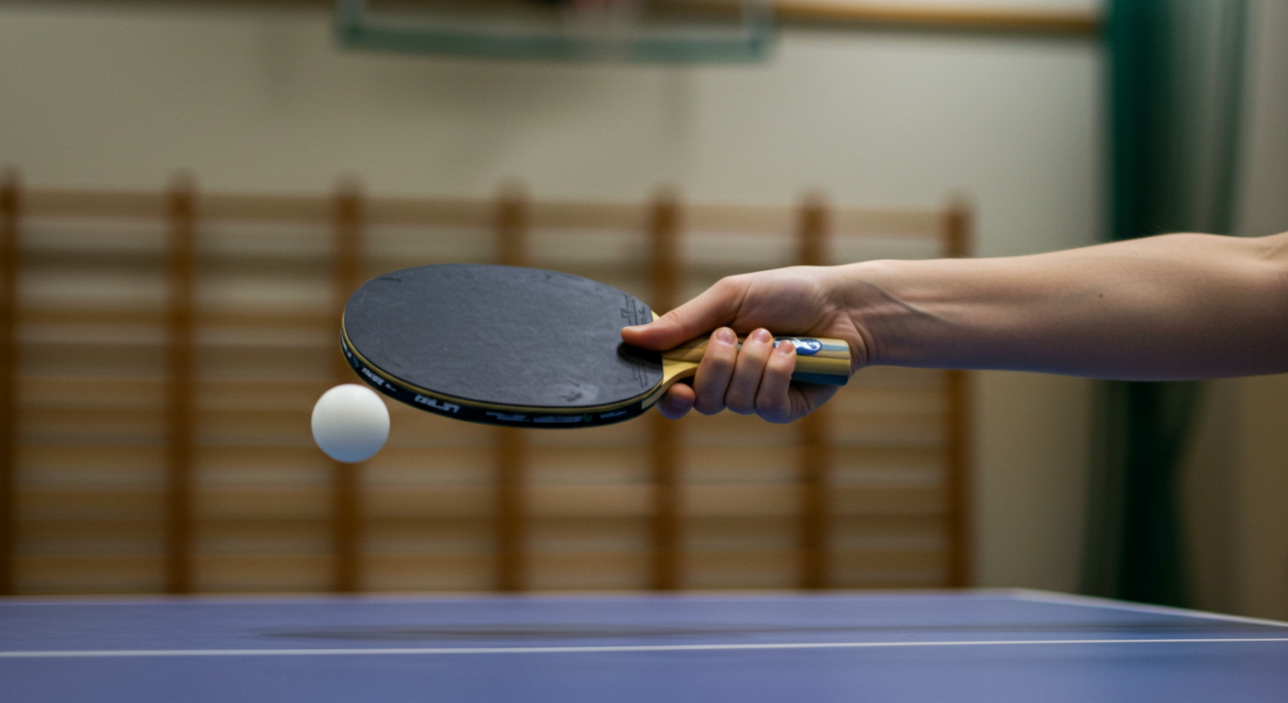
Table tennis does not require height or muscle mass, but it does demand speed, agility, and coordination. These physical skills help you keep up with fast rallies and unpredictable plays.
Footwork and Movement
You cannot hit what you cannot reach. Footwork is key to covering the table. Skilled players use small, efficient steps to move side to side and forward or backward as needed.
Instead of lunging or overreaching, proper footwork keeps players in balance and ready for the next shot.
Hand-Eye Coordination
This skill is the link between what you see and how you react. Great hand-eye coordination helps players make consistent contact with the ball, even when it is coming at them fast or spinning in unexpected ways.
Training with multi-ball drills or partner rallies helps build this core ability.
Reaction Speed
In high-level play, the ball can travel over 60 miles per hour and bounce in less than half a second. Players must react quickly to block, counter, or reposition themselves.
Reaction time is especially important when receiving fast serves or returning smashes.
Balance and Core Stability
Even in a small playing area, table tennis requires you to lean, twist, and recover constantly. Core strength supports better balance during long rallies and helps prevent injury from awkward positions.
Table: Summary of Core Table Tennis Skills
| Skill Area | Key Focus | Why It Matters |
|---|---|---|
| Forehand Drive | Offensive stroke | Main attacking shot |
| Backhand Drive | Controlled return | Balances the forehand, enables rallies |
| Push | Backspin stroke | Defensive return for short balls |
| Block | Passive return | Useful against fast opponents |
| Serve Variation | Spin, placement, legality | Creates advantage from the start |
| Footwork | Movement and positioning | Enables effective shot execution |
| Spin Control | Generating and responding to spin | Essential for modern gameplay |
| Reaction Speed | Fast decision-making | Handles aggressive shots |
| Coordination | Timing and shot precision | Improves consistency and accuracy |
Tactical and Mental Skills
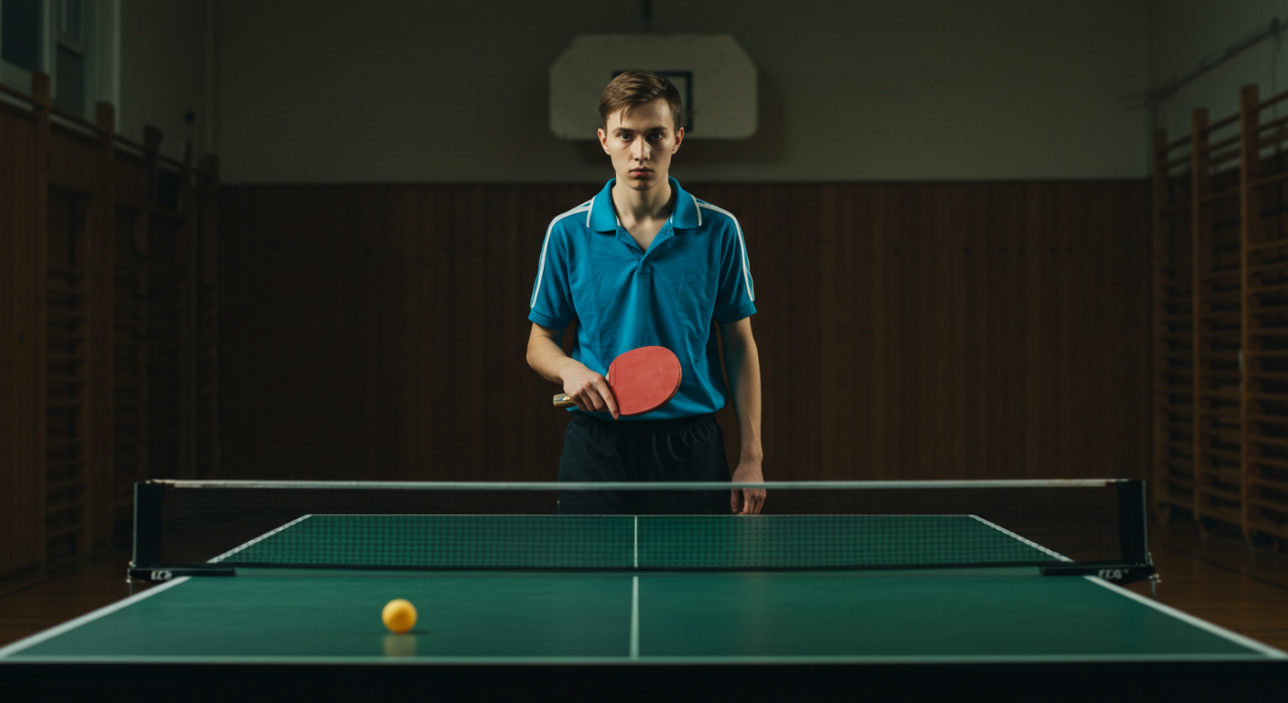
Great technique and fast feet alone are not enough. Smart players use strategy, focus, and adaptability to win matches.
Shot Placement and Decision Making
Knowing where to place the ball is just as important as how you hit it. Targeting wide angles, deep corners, or the opponent’s crossover point can make returns difficult.
Deciding when to attack, when to defend, and when to change tempo gives you the edge in a match.
Focus and Concentration
Matches can be short, but intense. One mistake can shift the momentum. Players must stay focused during each point and avoid distractions. Mental strength is what separates consistent performers from those who panic under pressure.
Patience and Composure
Long rallies or tough opponents can test your nerves. Good players stay calm, even when they fall behind. Instead of rushing or forcing risky shots, they build points patiently and wait for the right moment to attack.
Game Awareness
Awareness includes recognizing your opponent’s patterns, adjusting your tactics, and responding to their strengths and weaknesses. Players with high game awareness adapt during the match instead of repeating the same approach.
Soft Skills That Help You Improve
Not all skills are technical or physical. Some are about how you approach training and competition.
Discipline and Consistency
Improvement comes through regular practice, not shortcuts. Showing up, repeating drills, and working on weak areas builds long-term results.
Coachability
Being open to feedback helps you learn faster. Players who listen to coaches, observe better players, and stay humble often progress more quickly than those who ignore advice.
Resilience
Losing games is part of learning. Every mistake is a lesson. Resilient players bounce back, adjust, and keep improving.
How to Build These Skills Over Time
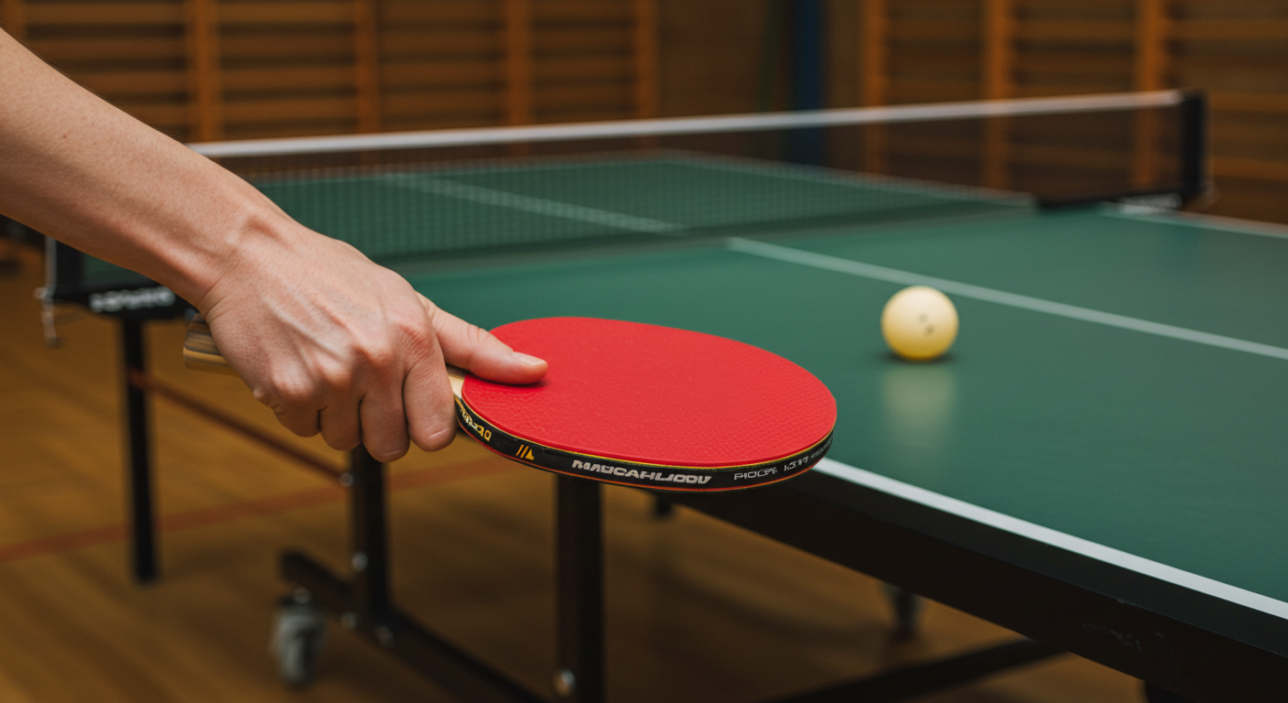
You do not need to master everything at once. Here is a suggested path to follow if you are just starting out:
-
Learn basic grip and ready stance
-
Practice forehand and backhand drives
-
Add push and block techniques for control
-
Begin footwork drills and service practice
-
Explore spin variation and how to return it
-
Introduce tactics and play with different styles
-
Focus on matchplay and mental skills
Each stage supports the next. By building a strong foundation first, you can develop more advanced skills without frustration.
Common Mistakes to Avoid
Even players with good potential stall their progress by falling into bad habits. Here are some mistakes to watch for:
-
Using large, wild swings instead of controlled strokes
-
Standing too upright and not staying in ready position
-
Ignoring footwork and reaching for the ball
-
Serving illegally or without spin
-
Getting frustrated and rushing points
Fixing these early helps prevent long-term setbacks.
Final Thoughts: What Are the Basic Skills Needed for Table Tennis?
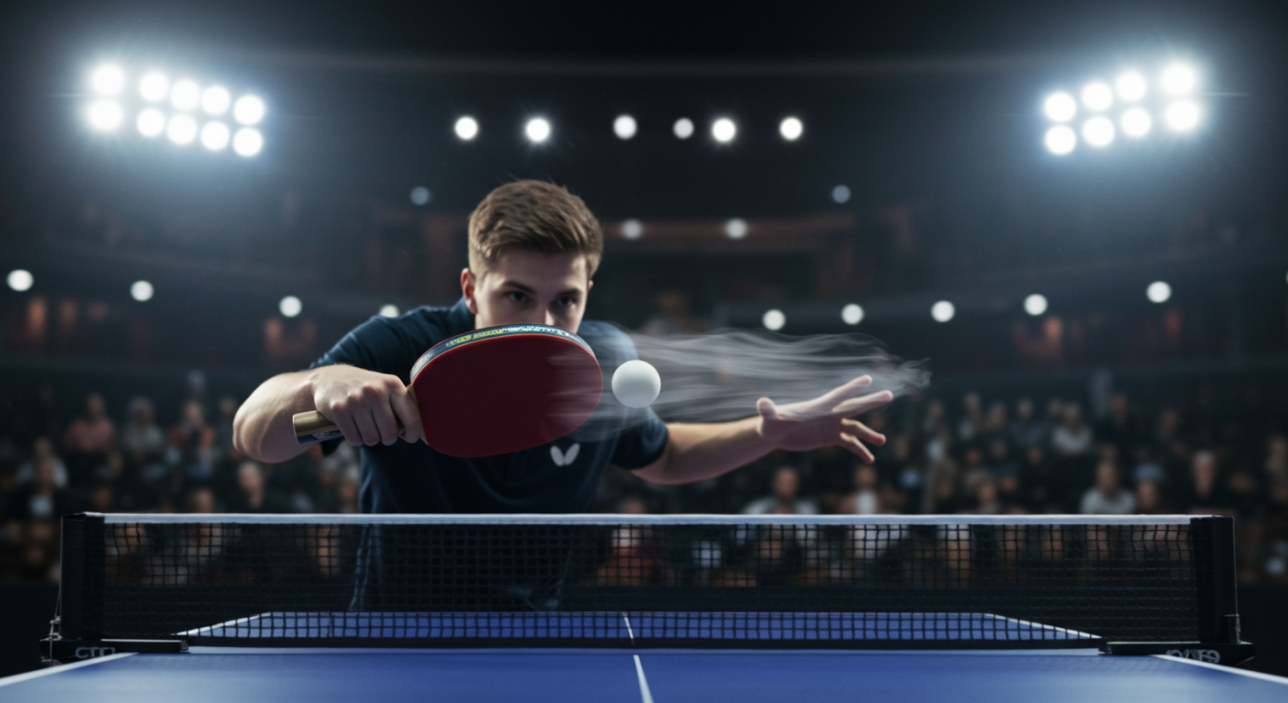
Now that you understand the skills needed for table tennis, you can approach your practice with purpose. From core strokes and footwork to mental toughness and tactical thinking, every part of your game matters.
Start with the basics. Work on them every day. Over time, your consistency, movement, and match awareness will sharpen, and you will feel more confident at the table.
Table tennis rewards players who are patient, disciplined, and eager to learn. With the right focus, anyone can improve. So pick up your bat, hit the table, and start building your skill set today.
FAQs About Skills Needed for Table Tennis
Is it better to be fast or accurate?
Accuracy should come first. Once your shots land consistently, speed and power can be added. Hitting fast but missing is worse than keeping the ball in play.
How long does it take to learn basic skills?
Most players can learn the basics within a few weeks of regular practice. Becoming competitive takes several months or more, depending on your training intensity.
Can you play well without spin?
At a beginner level, yes. But as you face better players, spin becomes critical. Learning to apply and respond to spin helps you stay competitive.
What age is best to start learning?
Any age is fine, but starting young (6 to 12 years old) gives you more time to develop natural instincts. Adults can also improve quickly with focused training.
